Social emotional learning, or SEL, is such an important part of any classroom. In addition to the reading, writing, and math skills that children need to be successful in their future, they will also need to learn how to regulate their emotions, problem solve, make decisions, and develop peer relationships.
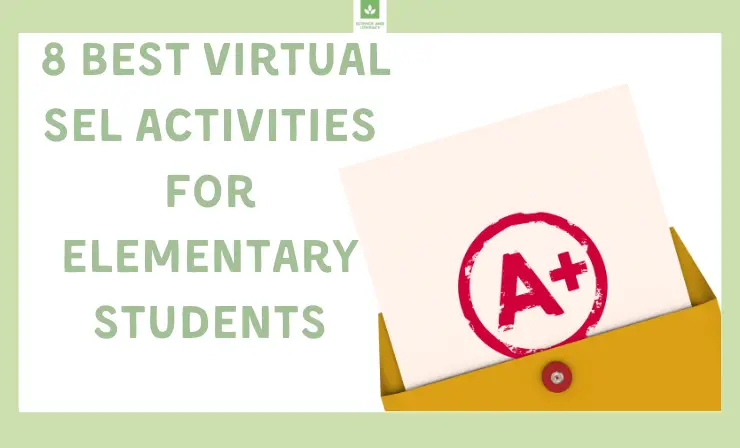
If you’re teaching students virtually, you may be having a difficult time incorporating social emotional learning into your lessons. Finding virtual SEL activities for elementary students may seem impossible. How are you supposed to teach these critical social skills through a computer screen?I understand just how you are feeling. I felt the same way after transitioning to virtual learning.
However, as the weeks went by and I saw the impact on my students, I started researching ways to incorporate social and emotional learning into virtual lessons .I’d love to share everything I learned with you so that you can use it to help your students. Continue reading, and I’ll share:
- How to teach social and emotional skills virtually→
- Strategies to support SEL→
- My favorite virtual SEL activities you can use with your elementary school students→
8 Virtual SEL Activities for Elementary Students
If you’re reading to find the best virtual SEL activities for elementary students, keep reading! Below are eight of my favorite social and emotional learning activities you can implement with your students.
1. Morning Meeting
Beginning each day with a morning meeting is the perfect way to incorporate SEL into your lessons. Start your meeting with a quick song where students can wave to each other and say hi. This will help loosen them up and prepare them for the rest of the meeting.
Need SEL virtual lessons for your Elementary student? I got you! There are 15 planned lessons along with activities and family activities during this unexpected break in the school year! #virtualschoolcounselor #VirtualSEL #Socialemotional #Homeschooling
— Dr. D Brown ? (@DBrown_Author) March 26, 2020
Then, do a quick sharing time. Ask students to share the answer to one question, such as their favorite food, what they did over the weekend, or something that they are looking forward to. You can either whip around the room to have all students answer, or choose a few students to share each day.
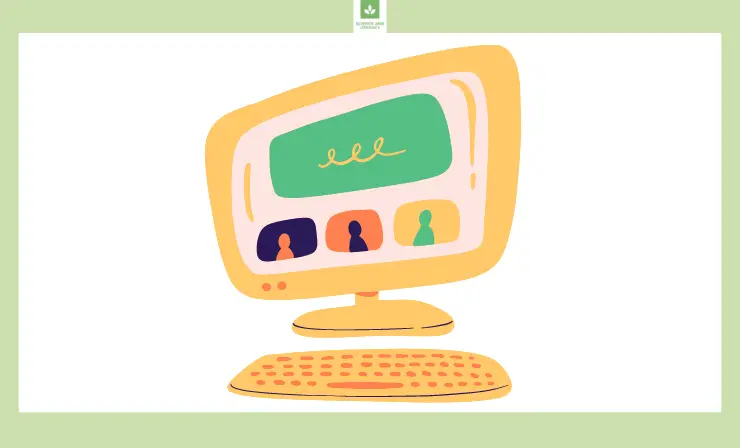
Then, move onto a group activity related to social emotional learning. For example, you can present a scenario and have students/groups of students share or discuss how they would respond. This can be a good way to work in the skills you want your students to develop or address any issues you’ve been noticing in class through similar made-up situations.
When you’re back in the classroom, you can continue holding your morning meetings in person. You may find it helpful to have a voice amplifier to ensure all the students can hear you clearly.
2. Mindfulness Lesson
Mindfulness refers to being in the here and now. Helping students learn mindfulness can help to keep them engaged in the present moment and help them to more accepting and less judgmental of others.If you want to help teach your students about this essential SEL skill, this video is a great resource. It is presented by an elementary school counselor who walks students through what mindfulness is, why it is important, and how they can demonstrate it.
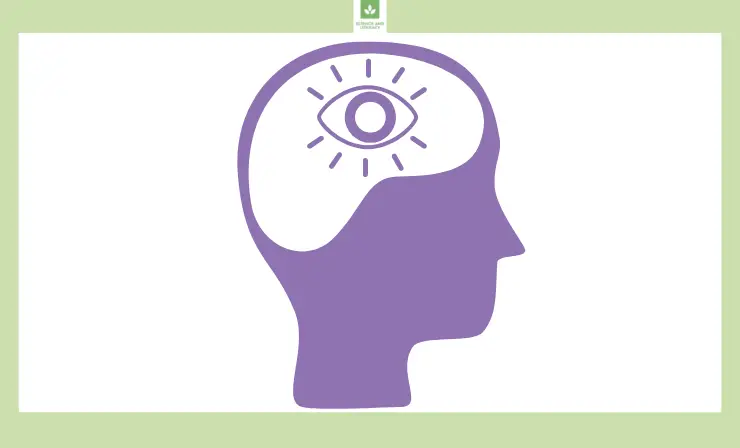
There are opportunities during the video to pause it and allow students to write or reflect on their learning. These could also be a good opportunity to have students share their responses with the rest of the class.You can even bookmark this video to use once you are back in the classroom, as it certainly applies to both virtual and in-person learning. In the classroom, playing the video on your interactive whiteboard can help ensure that all students can clearly see it.
3. Show and Tell
Show and Tell may be nothing new, but it is an excellent way to incorporate SEL into the classroom. By hearing more about their classmates and their interests, students can find new ways to connect with others.
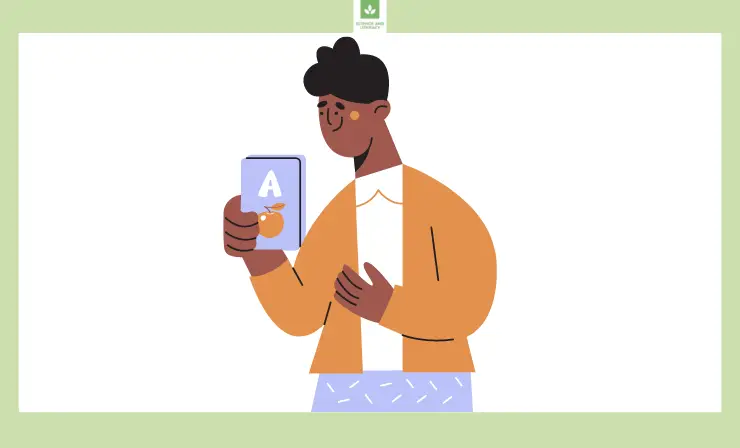
Children will also work on developing their listening skills and showing respect to the speaker. You can also add a “question” component to your Show and Tell sessions where students ask questions to learn more about one another.
4. Name that Emotion
Name that Emotion is a video game show that you can play with your students to help them improve their social awareness skills and determine how others are feeling. During the game, students are presented with different scenarios about another child. They must put themselves in the other child’s shoes and determine which emotion best describes how the other person would be feeling.
5. Characterize Me
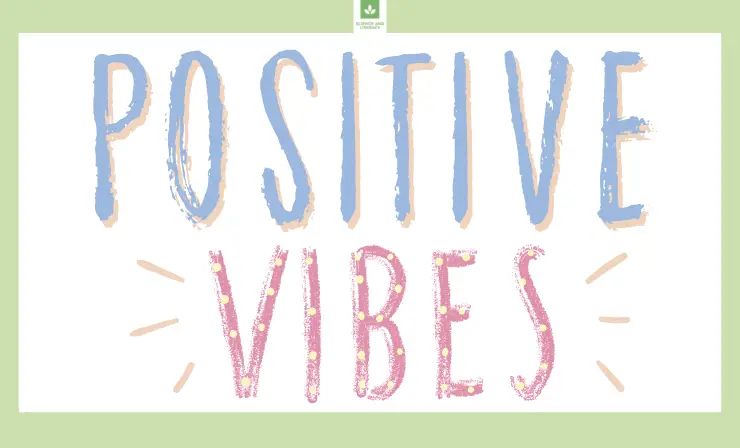
This is a quick and effective lesson that can help students see the value that they add to their class and family. Tell students to ask friends, classmates, and family members to choose three to five positive character traits that describe them. Seeing all the positive words that others use to describe them can feel very empowering and help students recognize how special and unique they are.
6. Researching a Personal Hero
For this task, students will select a family member or friend that they see as a personal hero or mentor. They will interview the individual to learn more about their life and how they got where they are.
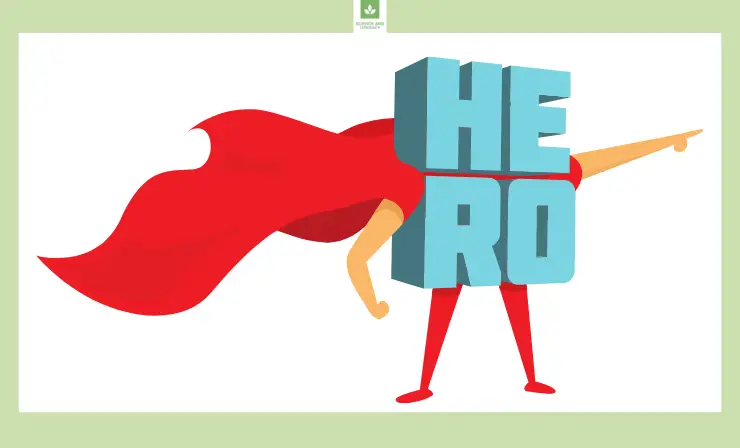
Students will then create a poster, timeline, or other project to share information about their hero. You can have students present their projects to the rest of the class.Conducting this research and talking to an important person in their life can help students improve their social awareness and emphasize with some of the difficulties that their friend or family member had to overcome.
7. Social Emotional Learning Journal
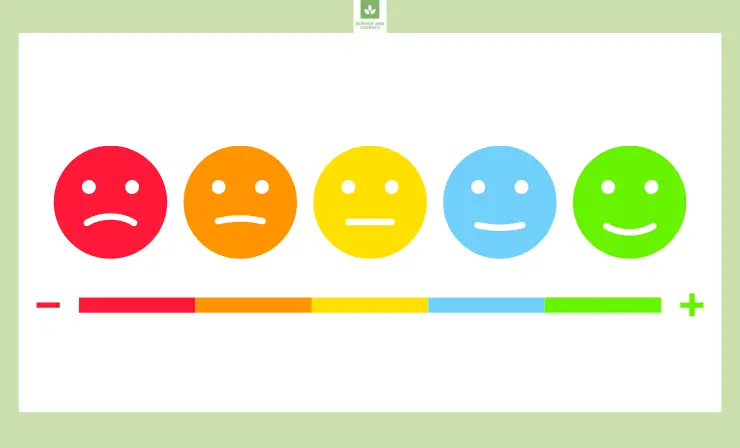
This Social Emotional Learning Journal includes daily activities and prompts for students to complete. The prompts cover a range of social and emotional topics including self-control, friendship, and empathy. Consider assigning a prompt each day and giving students a few minutes to share their responses.
8. Active Listening Exercises
Active listening is important for students to learn. They need to distinguish between simply hearing what someone is saying versus actually listening, understanding, and appropriately responding to what they say.For this exercise, you’ll want to start by modeling what you want the students to do. Call on one student to tell you something about themselves (favorite food, vacation, sport, etc.). As they are talking, model looking at them (over the screen), shaking your head to show understanding, and so on.
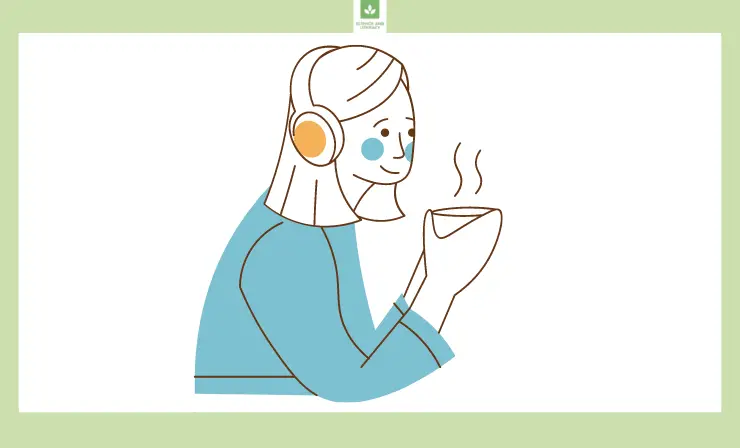
Then, after they have finished telling you their story, retell what they said starting with “I heard you say….” Ask a question related to what they were speaking about to show continued interest in what they had to say and making connections.Then, pair students up to share in breakout sessions, or have one student share with all the others over the screen and randomly select someone to retell what they said and ask a few follow-up questions.
6 Ways to Teach Social Emotional Learning Virtually
If you’re worried about teaching social emotional learning virtually , you’re not alone. However, it isn’t as impossible as you may be making it out to be in your head.
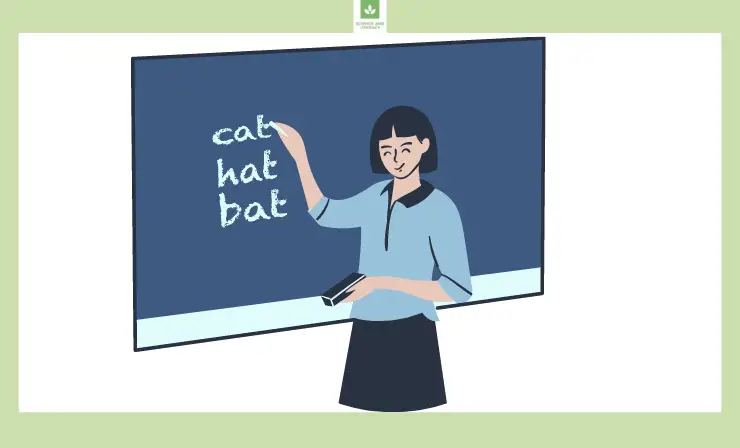
Here are a few different ideas you can incorporate into your virtual lessons to help students learn the SEL skills they need:
- Modeling and practicing guided meditation, breathing exercises, and other calm-down techniques
- Role playing to help students understand how others may be feeling
- Read alouds
- Puppet shows (even with finger puppets) to act out different situations
- Finding videos that reinforce or explicitly teach various SEL skills
- Capitalizing on teachable moments that come up during the course of a normal day
Strategies for Supporting SEL in Virtual Settings
Whether you’re a general education teacher, a special education teacher, or an SDC teacher, supporting your students’ social emotion learning in the virtual classroom is essential. (You can learn more about what an SDC teacher is in this article .
While teaching SEL in the virtual classroom may look a bit different than it does in the traditional classroom, it is still possible, with the right supports in place.
Below, you’ll find some of the strategies to incorporate into your virtual SEL lessons . When you help students build on these skills, they’ll really have the opportunity to thrive, both socially and academically.
- Developing relationship skills
- Being self-aware
- Learning strategies for self-management
- Being socially aware and able to emphasize with other
- Making responsible decisions
Useful resources:
Closing Words
Do you feel ready to engage your students in virtual social and emotional learning activities? The virtual SEL activities for elementary students that I shared above are just the starting point. Once you get into the habit of incorporating SEL into your virtual lessons and see how well your students respond, you’ll realize that a lot more can be done through a screen than you may have imagined!
- 14 Science Experiments for Middle School — Unlock the Wonders of The World in Your Classroom - February 18, 2023
- Top 11 Sound and Voice Amplifier Apps: Enhance Audio on Your Device with the Best Volume Boosters - January 26, 2023
- 7 Creative Valentine’s Day Poster Ideas to Make Your Space Feel More Festive - January 11, 2023

Thanks for sharing these tips for SPL letters. They really helped me with writing my first SPL introduction letter. Were you afraid before sending the first one?
Heyy, thanks for the question. As I mentioned in the beginning I only did research. But while doing it some of my colleagues shared their experience with me. Most of them were scared of making mistakes, so they rewrote their letters about 4 times! Can you imagine?